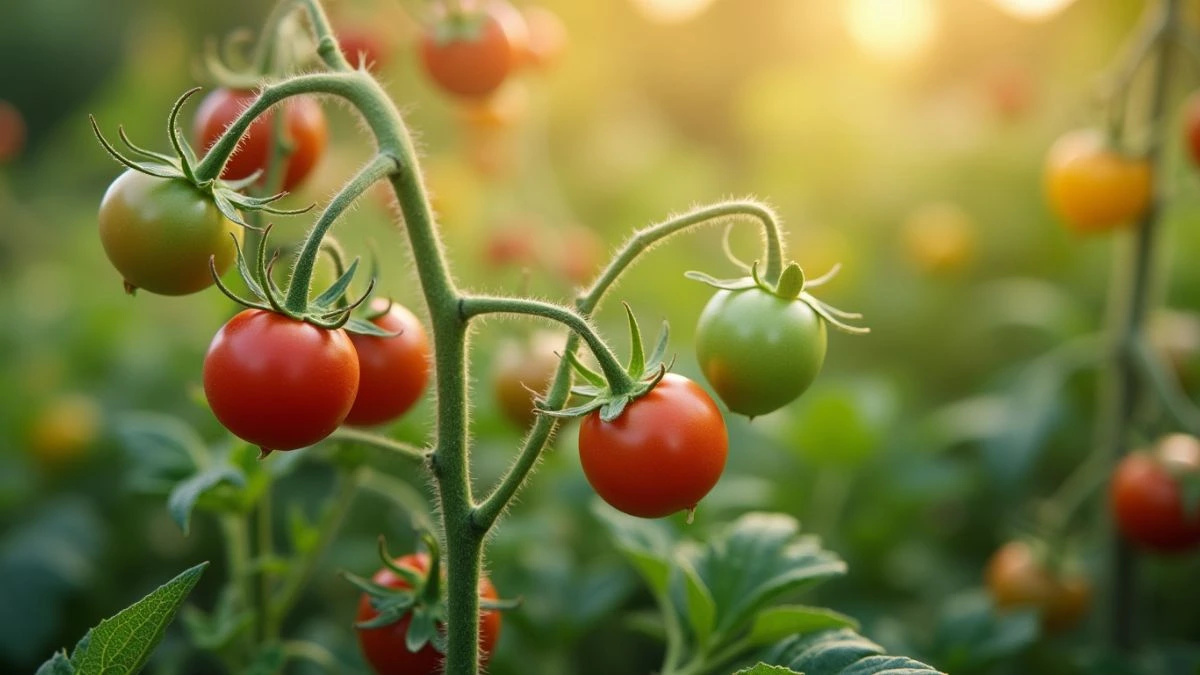Introduction: Why Self-Pollinating Plants Are a Gardener’s Dream
Plants that self-pollinate offer unique advantages in the gardening world. By eliminating the need for external pollination agents, these plants simplify the growing process and ensure consistent results. Whether you’re cultivating a backyard garden or managing an indoor setup, understanding how plants self-pollinate can revolutionize your approach to gardening. In this article, we’ll explore the fascinating process of self-pollination, provide examples of plants self-pollination, and delve into the incredible benefits that make these plants a must-have.
Table of Contents
What Does It Mean When Plants Self-Pollinate?
Definition and Process
Self-pollination happens when a plant’s pollen fertilizes its own ovules. This natural mechanism ensures reproduction without relying on external pollination agents like insects, wind, or animals. Plants self-pollinate effectively in environments where pollinators are scarce, such as urban areas or controlled indoor setups.
Types of Self-Pollination
- Autogamy: Pollen is transferred within the same flower.
- Geitonogamy: Pollen is transferred between flowers on the same plant.
Both processes allow plants to reproduce independently, ensuring survival even in challenging conditions.
Examples of Plants With Self-Pollination
Common examples of plants with self-pollination include tomatoes, beans, and wheat. These plants thrive in various conditions and are perfect for urban or indoor gardening. Understanding examples of plants self-pollination helps gardeners select resilient species for their spaces.
The Top 5 Benefits of Self-Pollinating Plants
1. Reliable Reproduction
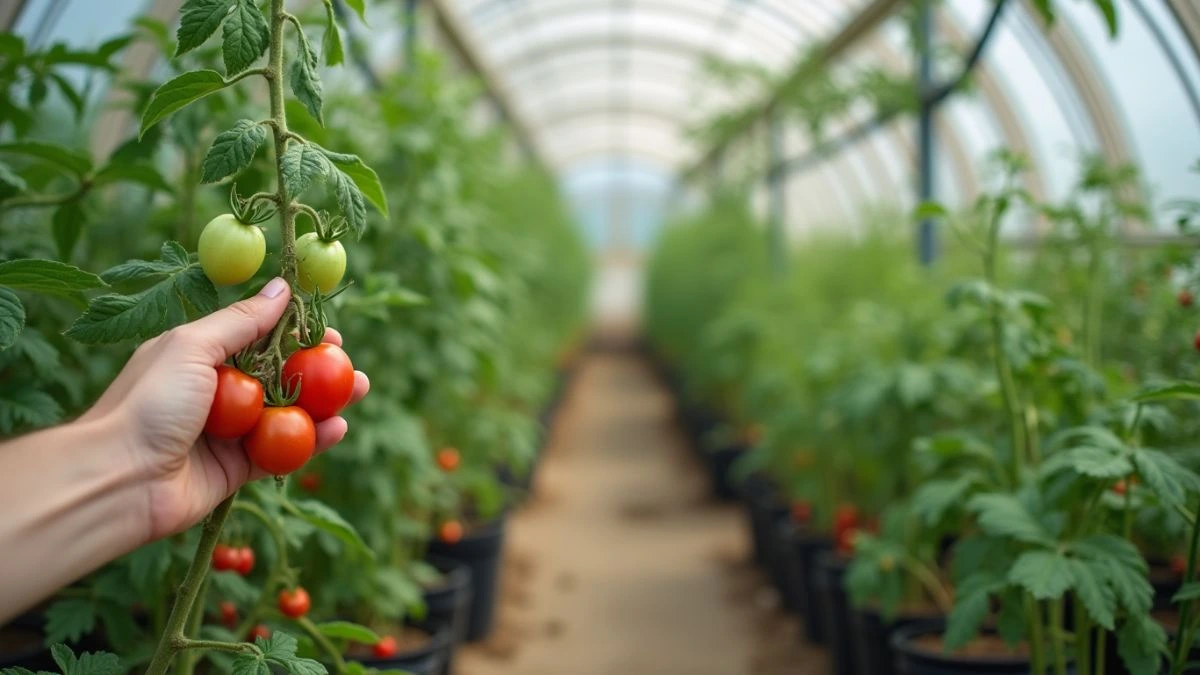
Self-pollinating plants guarantee reproduction without external help. This reliability is particularly beneficial in controlled environments, such as greenhouses, where pollination agents of self-pollination may not be present.
- Consistent Yields: Unlike cross-pollinated plants, self-pollinating varieties produce fruit and seeds without environmental dependencies.
- Examples of Plants Self-Pollination: Tomatoes and peppers are great examples, thriving even in isolated setups.
2. Saves Time and Effort
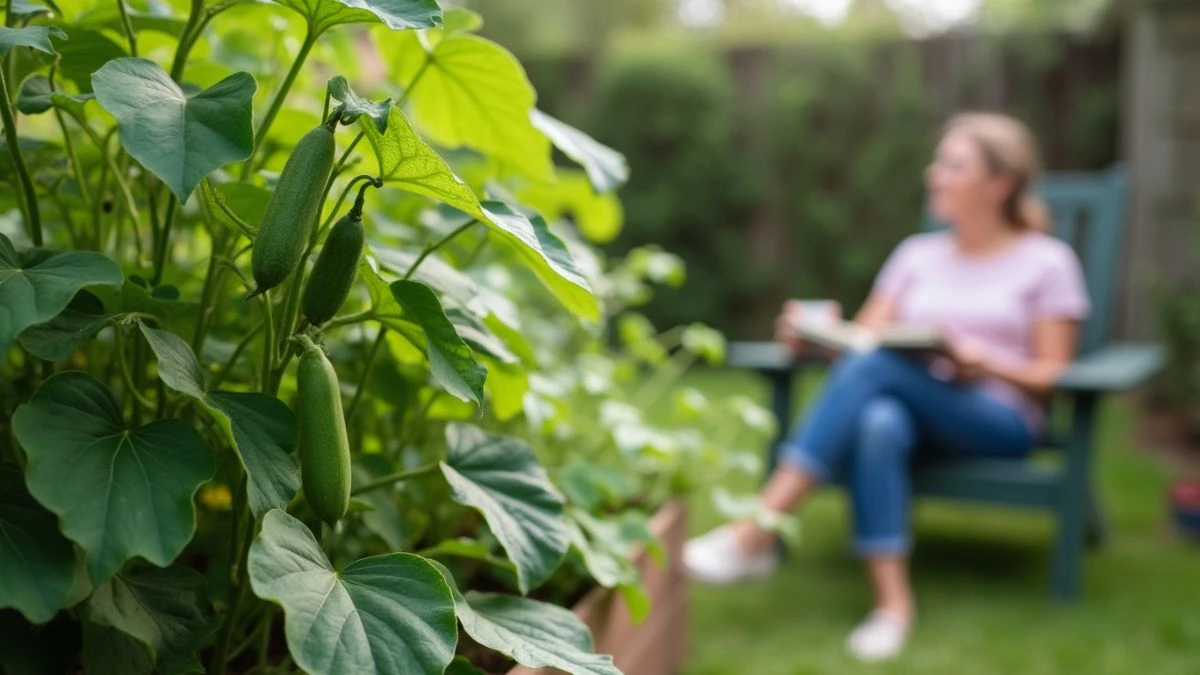
Gardening with self-pollinating plants is a time-saver. You won’t need to attract pollinators or manually pollinate your crops.
- Ideal for Beginners: New gardeners can start with easy-to-grow self-pollinating plants like beans and cucumbers.
- Low Maintenance: These plants require less intervention, making them ideal for busy schedules.
3. Maintains Genetic Purity
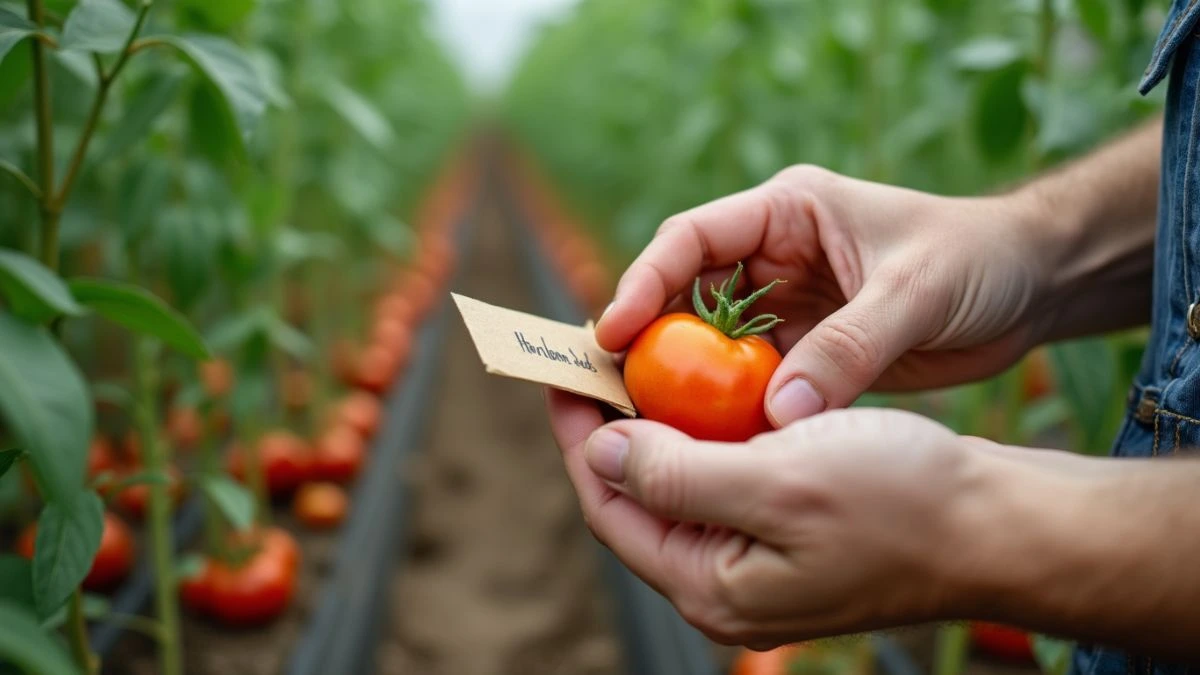
Self-pollination limits genetic variation, ensuring that desirable traits are preserved across generations. This is particularly crucial for heirloom plants.
- Seed Consistency: Growers can save seeds knowing they’ll produce offspring identical to the parent plant.
- Examples of Plants With Self-Pollination: Heritage tomatoes and barley are commonly preserved through self-pollination.
4. Thrives in Challenging Environments
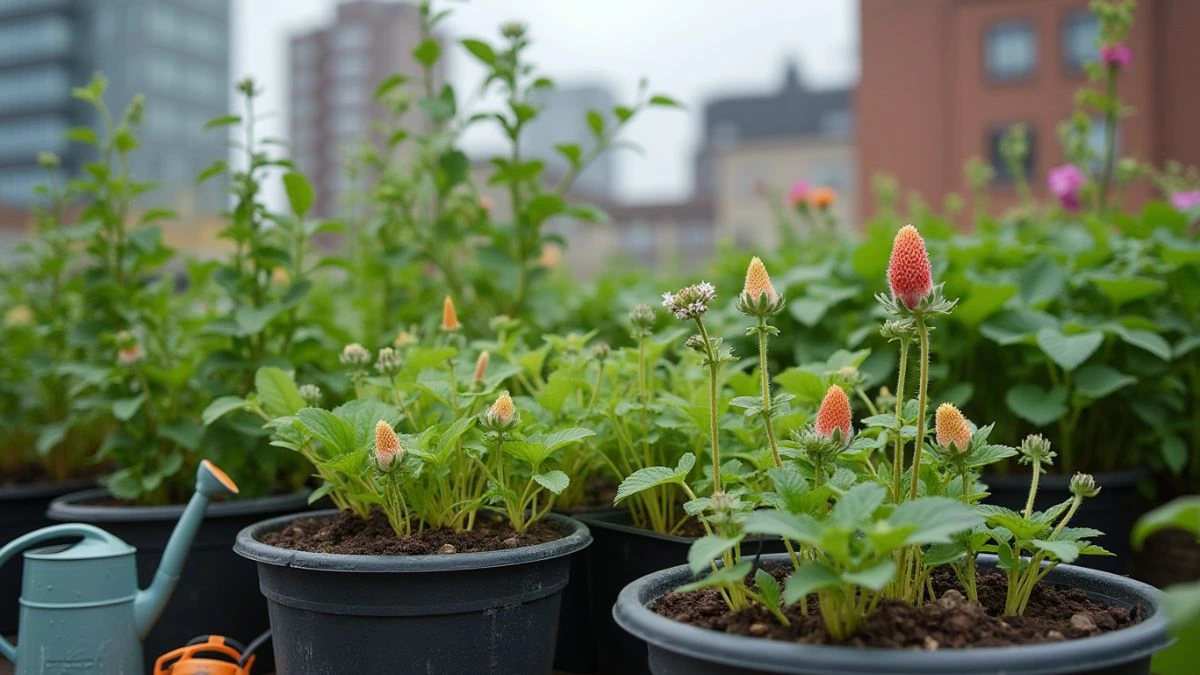
Self-pollinating plants adapt well to urban settings, greenhouses, or areas with extreme weather conditions where pollinators might struggle.
- Resilience: Plants like peas and strawberries continue to thrive in adverse conditions.
- Urban Gardening: Self-pollinating vegetables are ideal for rooftop or balcony gardens.
5. Boosts Productivity

Without the energy spent on attracting pollinators, self-pollinating plants focus on fruit and seed production, leading to higher yields.
- Maximized Harvests: Grow more fruits and vegetables with limited resources.
- Pollination Agents of Self-Pollination: Indoor gardeners can simulate natural pollination by gently shaking plants or using fans.
Additional Benefits of Self-Pollinating Plants
Disease Resistance
Self-pollinating plants often have a controlled genetic makeup, reducing the risk of cross-contamination by diseases carried through cross-pollination.
Cost-Effective Gardening
By eliminating the need for external pollination agents or expensive setups, self-pollinating plants make gardening more affordable.
Environmentally Friendly
Self-pollination reduces reliance on external factors, promoting a sustainable gardening approach with fewer resources required.
Popular Self-Pollinating Plants for Your Garden
Fruits
- Tomatoes: A staple in self-pollinating gardening.
- Cherries: Ideal for small spaces, especially dwarf varieties.
- Peaches and Apricots: Perfect for backyard or container gardening.
Vegetables
- Peppers and Eggplants: Thrive in compact spaces.
- Beans and Peas: Resilient and productive options for urban gardens.
Flowers
- Petunias and Violets: Low-maintenance additions to any garden.
- Hibiscus: Known for their vibrant blooms.
Grains
- Wheat, Barley, and Oats: Agricultural staples that rely on self-pollination for consistent yields.
Advanced Tips for Growing Self-Pollinating Plants
Enhancing Pollination Indoors
- Use fans to mimic wind and distribute pollen.
- Gently shake plants like tomatoes to aid pollination.
Companion Planting
Pair self-pollinating plants with those that repel pests, like marigolds, to boost garden health.
Overcoming Challenges
- Monitor nutrient levels to avoid deficiencies.
- Combat pests naturally using neem oil or insecticidal soap.
The Role of Self-Pollinating Plants in Agriculture
Ensuring Food Security
Self-pollinating plants play a critical role in ensuring food security. As pollinator populations decline due to habitat loss and pesticide use, self-pollination offers a sustainable solution. Farmers can rely on these plants for consistent yields, even in regions facing ecological challenges.
The Environmental Impact
By reducing reliance on external pollination agents, self-pollinating plants help conserve biodiversity. Their ability to thrive in adverse conditions also reduces the need for intensive agricultural practices, lowering the carbon footprint of farming.
Research and Innovations
Ongoing research in genetic variation self-pollination is uncovering new ways to improve crop resilience. Scientists are exploring hybrids that combine the benefits of self-pollination with traits like disease resistance and drought tolerance. These advancements could revolutionize agriculture in the coming decades.
Lesser-Known Self-Pollinating Plants
While tomatoes and beans are popular examples, other plants also excel at self-pollination. Here are some lesser-known species:
Herbs
- Basil: An aromatic herb that thrives in small spaces and offers consistent yields.
- Cilantro: Ideal for indoor or outdoor herb gardens.
Shrubs
- Azaleas: Beautiful flowering shrubs that require minimal maintenance.
- Camellias: Known for their stunning blooms and self-sufficient nature.
Exotic Fruits
- Guavas: Hardy and adaptable, guavas are a great addition to tropical gardens.
- Passionfruit: A climbing plant with striking flowers and sweet fruit.
Beyond the Garden: Industrial and Economic Uses of Self-Pollinating Plants
Grains as Economic Staples
Self-pollinating grains like wheat, barley, and oats are foundational to global agriculture. Their reliable yields make them essential for feeding growing populations.
Medicinal Plants
Some medicinal plants also rely on self-pollination, ensuring their availability for pharmaceutical uses. For example, certain herbs like basil and violets have therapeutic properties that are preserved through self-pollination.
Horticultural Industry
Self-pollinating plants are a boon for the horticultural industry, simplifying cultivation and ensuring consistent quality in flowers and ornamental plants.
Practical Advice for Gardeners
Choosing the Right Plants
When selecting self-pollinating plants, consider your local climate, available space, and gardening goals. For small spaces, opt for compact varieties of tomatoes, peppers, and beans. Larger gardens can accommodate fruit trees like cherries or peaches.
Tools to Enhance Growth
Invest in basic gardening tools like trellises for climbing plants and adjustable grow lights for indoor setups. These tools can help you maximize the productivity of your self-pollinating plants.
Community Gardening
Join a local gardening group or online forum to share tips and experiences with fellow enthusiasts. Learning from others can provide valuable insights and inspire new ideas for your garden.
FAQ About Plants That Self-Pollinate
Can self-pollinating plants cross-pollinate?
Yes, but only if external factors like wind or insects transfer pollen between plants.
What are examples of plants self-pollination?
Tomatoes, beans, and wheat are excellent examples of plants that self-pollinate.
How does self-pollination affect genetic variation?
Genetic variation is limited, preserving specific plant traits across generations.
Are self-pollinating plants easier for beginners?
Absolutely! Their low-maintenance nature makes them perfect for new gardeners.
Do self-pollinating plants require special care?
Not usually, but regular watering and fertilization help maximize yields.
Can you grow self-pollinating plants in small spaces?
Yes, container gardening works well for self-pollinating vegetables and fruits.
What are pollination agents of self-pollination?
Self-pollinating plants don’t require agents, but wind or manual shaking can enhance the process.
Are there flowers that self-pollinate?
Yes, petunias and violets are popular self-pollinating flowers.
What are the benefits of genetic variation self-pollination?
While genetic variation is reduced, self-pollination ensures stability and consistency in plant traits.
Can self-pollination increase productivity?
Yes, these plants often yield more fruits or seeds because they direct energy toward reproduction.
Unlocking the Full Potential of Self-Pollinating Plants
Plants that self-pollinate represent a cornerstone of sustainable gardening and agriculture. Their unique ability to thrive without reliance on external pollination agents offers both gardeners and farmers a reliable, low-maintenance, and environmentally friendly cultivation option. Whether you’re a novice gardener, an urban dweller with limited space, or a seasoned farmer, incorporating self-pollinating plants into your efforts can yield transformative results.
For Home Gardeners:
These plants simplify the gardening experience. They thrive in controlled environments, produce consistent yields, and require minimal maintenance. From luscious tomatoes in your kitchen garden to vibrant petunias on your balcony, examples of plants self-pollination prove that even the smallest spaces can become lush, productive green havens. The reliability and ease of growing these plants make them a favorite choice for beginners and seasoned gardeners alike.
For Agriculture and Food Security:
In agriculture, the dependable nature of self-pollinating plants addresses challenges such as declining pollinator populations and unpredictable weather conditions. Crops like wheat, barley, and beans are vital staples that owe their global success to self-pollination. The ability to maintain genetic variation self-pollination for heirloom and heritage varieties ensures that important traits like disease resistance and flavor are preserved for future generations. As researchers and farmers explore hybrids and innovations, the role of these plants in feeding a growing population becomes even more critical.
For the Environment and Sustainability:
From an environmental perspective, self-pollinating plants reduce the strain on pollinator species while minimizing the need for intensive farming techniques. By thriving in urban settings and challenging climates, they promote biodiversity and encourage sustainable gardening practices. Their adaptability and independence align with modern efforts to reduce resource use and combat climate change.
The Broader Impacts:
Beyond the garden and farm, the influence of self-pollinating plants extends to industries like horticulture, medicine, and even ecological research. Flowers like violets and hibiscus not only beautify spaces but also support conservation efforts. Grains and herbs that rely on self-pollination are foundational to many cuisines and cultures worldwide, further underscoring their importance.
By understanding the science and benefits of self-pollination, you can harness its power to create productive, sustainable, and enjoyable gardening or farming experiences. Whether you’re growing for personal enjoyment or contributing to larger agricultural efforts, plants that self-pollinate are a testament to nature’s ingenuity and resilience. Embrace these remarkable plants and unlock their potential in your green space—no matter how big or small. Together, we can grow a more sustainable and abundant future.


